A final chance for the survivors of the Tulsa Race Massacre: ‘This is it’
- Oops!Something went wrong.Please try again later.
There are only two people alive who remember firsthand what the 1921 Tulsa Race Massacre was like.
One of them is 109-year-old Viola Ford Fletcher, otherwise known as “Mother Fletcher.”
She specifically remembers “people getting killed, houses, property, schools, churches, and stores getting destroyed with fire,” she told CNN. “It just stays with me, you know, just the fear. I have lived in Tulsa since but I don’t sleep all night living there.”
“I’ll just never get over that,” she added.
It’s part of why she’s at the center of what’s been a yearslong court battle for reparations alongside fellow survivor 109-year-old Lessie Benningfield Randle and the estate of Fletcher’s late brother Hughes Van Ellis, also a survivor, who died at 102.
If Fletcher and her family had not been forced to leave their home and community with essentially just the clothes on their backs, she told CNN, “I would’ve gotten an education, to where I could get a better job, especially being a nurse.”
The Tulsa Race Massacre
The events leading up to the massacre began on May 30, 1921, when Dick Rowland, a 19-year-old Black shoe shiner, ran from an elevator in a downtown building after the elevator’s teen operator let out a scream. Rumors of a rape then circulated, Rowland was arrested, and White Tulsans formed a lynch mob.
Black Tulsans arrived at the jail to defend Rowland, scuffles ensued, a gun went off, and as then-Sheriff William McCullough told Literary Digest, “All hell broke loose.”
The mob laid waste to about 35 blocks within 16 hours, arresting thousands of Black residents, while robbing, beating and killing others. Historic photos show entire blocks gutted by flame and Black people lying in the street.
Exacerbating matters were insurance companies that denied many claims for what today would be tens of millions of dollars in property damage, including the destruction of two Black hospitals and 1,256 residences, according to the Greenwood Cultural Center.
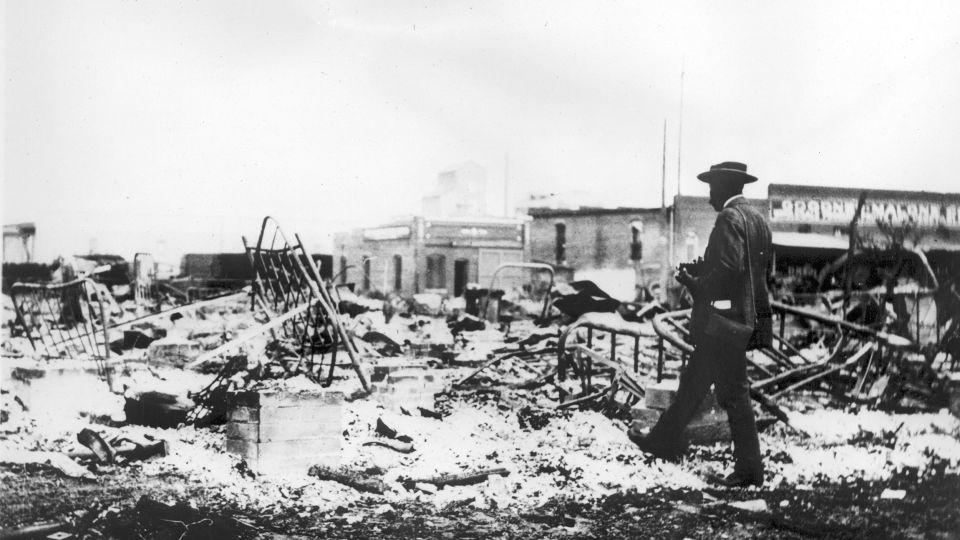
Stuck in court
Since 2021, Fletcher and Randle have been locked in a court battle against the city and other groups and officials just to get to a trial over the opportunities taken from them when Greenwood burned to the ground.
They claim in part the city of Tulsa and other related departments were complicit and the effects of the massacre are still being felt today.
In August 2022, a Tulsa judge allowed the lawsuit to move forward. They’ve argued the damage inflicted during the massacre was a “public nuisance” from the start and are seeking relief from the nuisance as well as to “recover for unjust enrichment” others have gained from the “exploitation of the massacre.”
Generally, a public nuisance is when a person or entity “unreasonably interferes with a right that the general public shares in common,” according to the Legal Information Institute.
However, on Fletcher’s 109 birthday, May 10, 2023, she was back in court fighting a new motion to dismiss the case.
Fletcher told CNN, “I didn’t feel very nice about it.”
“Being there for so many hours, it was really unpleasant but I’m willing to do that again you know,” Fletcher added.
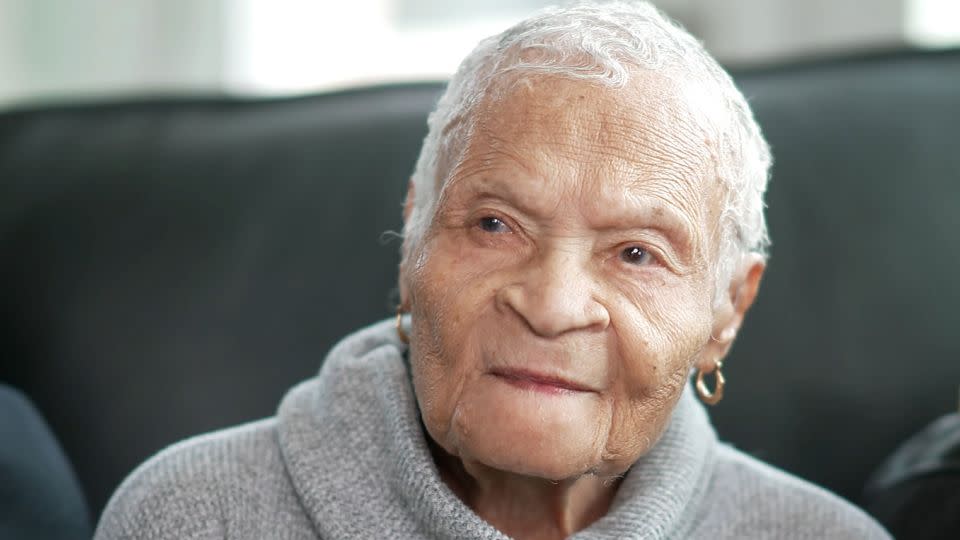
She was soon tested on it because a few months later, a motion to dismiss the case was granted after the city of Tulsa in part argued “simply being connected to a historical event does not provide a person with unlimited rights to seek compensation” related to the event.
So the families appealed to the Oklahoma Supreme Court, who took up the case in August 2023. On April 2, the state high court will hear oral arguments not on reparations but simply for the right to go to trial to argue for reparations.
As the legal team for the survivors filed their final brief, Attorney Damario Solomon-Simmons said, “There is no going to the United States Supreme Court. There is no going to the federal court system. This is it.”
But it’s a chance nonetheless.
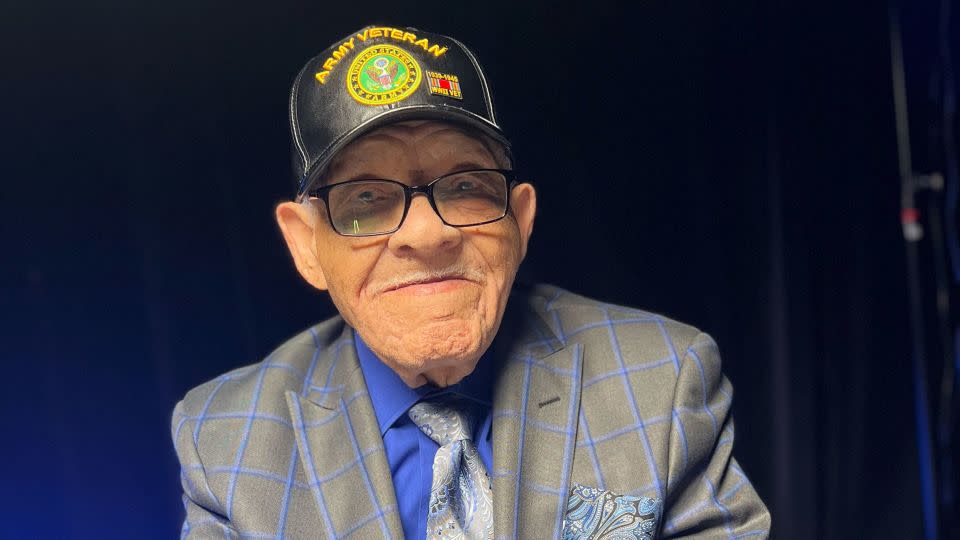
Hughes Van Ellis, otherwise known as “Uncle Redd,” died waiting on that chance in October 2023 at 102 years old, emphasizing the obvious. The time these survivors have left is limited and fleeting. He was also Mother Fletcher’s younger brother.
LaDonna Penny, the granddaughter and primary caretaker of 109-year-old Lessie Benningfield Randle, told CNN as part of a family statement, “Let us honor them while they are still with us. Uncle Redd waged this battle until his final breath. We must not allow the stories of the LAST TWO SURVIVORS to be buried alongside them. Justice for Mother Randle and Mother Fletcher is overdue!”
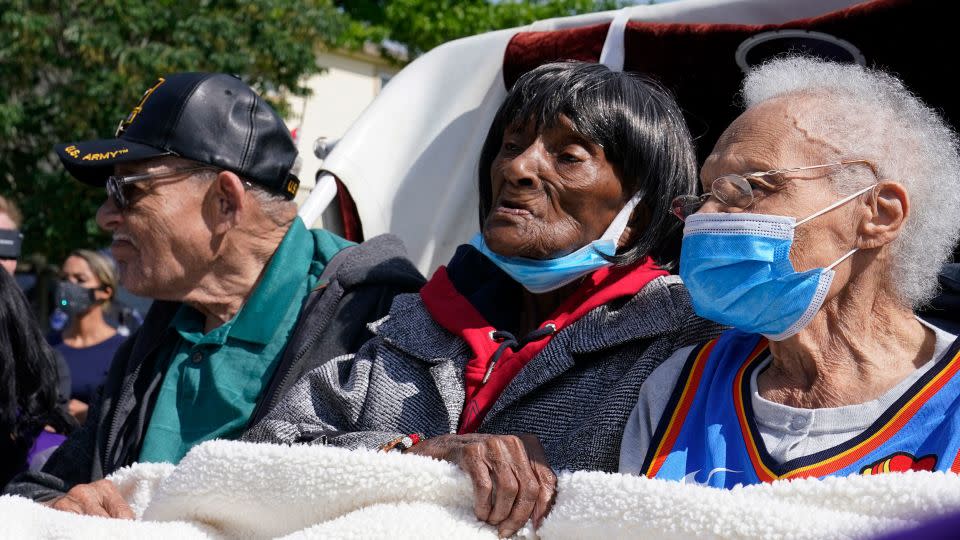
“We urge the court to grant us the chance to be heard,” she wrote.
When Fletcher was asked by CNN why she kept showing up to court, she said, “I think we should get justice.”
“I think the courts should feel the same way,” she added.
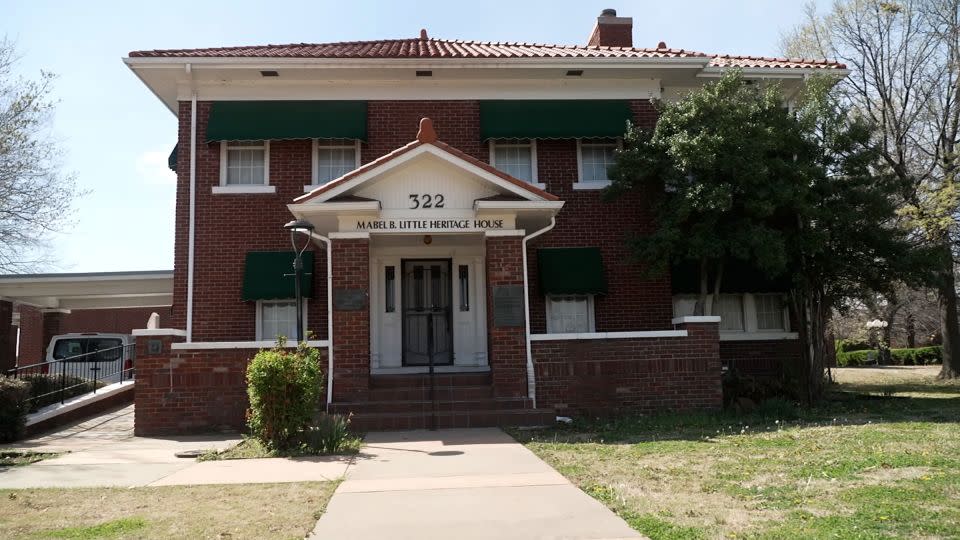
The second death of Black Wall Street
In Tulsa, the Mabel B. Little Heritage House is a replica representing the only home built in the 1920s still standing. It was built in 1926 after the original owners, Sam and Lucy Mackey, had their first home burned down in the 1921 race massacre. But it represents what life was like for many living in the Greenwood community at the time and a vitality that was repeatedly attacked.
“Many people only know that Black Wall Street was destroyed, not that by ’27 we had hundreds of black owned businesses and more homes in the Greenwood district,” said Michelle Burdex, Program Coordinator for the Greenwood Cultural Center, referring to the massive rebuilding efforts after 1921.
The final demise of the community happened in stages.
“One was the end of segregation,” she said, as it led to community members spending money outside the community.
“They had the right to spend their money in white owned stores, to enter a white restaurant and be served. They wanted to experience that, not understanding the long-term consequences and complications that would cause for small business owners in the Greenwood District.”
A highway built through the heart of the district as part of federal highway acts in the 1960s dealt the final blow.
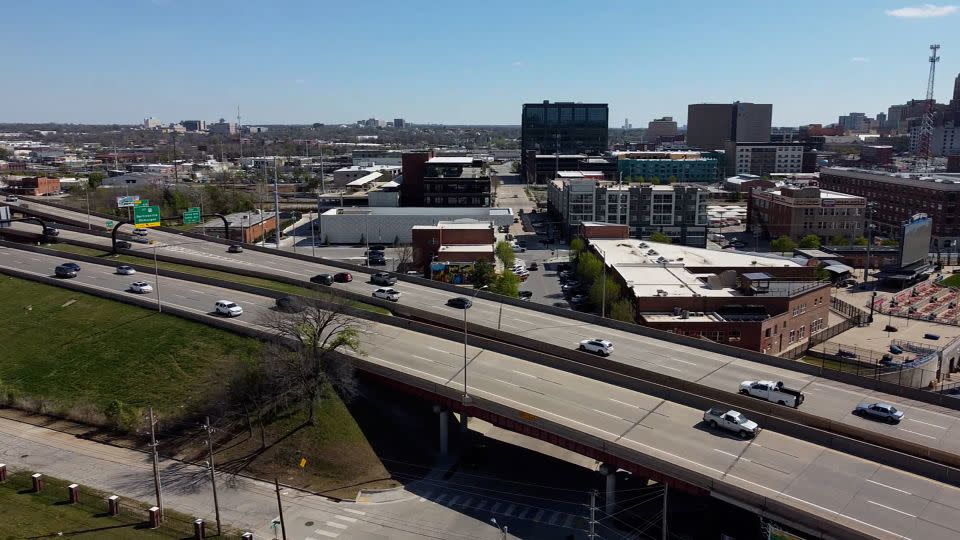
“The highway represents the second destruction of Black Wall Street. The highway separated the business district from traffic flow, from access, and it led to its demise,” said Burdex, who also gave President Biden a tour of the cultural center when he visited in 2021 to mark the 100th anniversary of the massacre, a particular word Burdex says holds meaning.
“This was not a riot. There’s no perfect term for what occurred here in the Greenwood District, but this was much more of a massacre,” Burdex told CNN.
It’s all part of what the survivors are arguing in court contributed to the lasting effects of the massacre and part of what still haunts Mother Fletcher to this day.
Her grandson Ike Howard says she often doesn’t sleep through the night.
“Sometimes it’s a better night than others, sometimes it’s worse. It depends on what happens during the day, what she sees on the news. How she feels,” he said.
She also doesn’t see it as buried in the past, either.
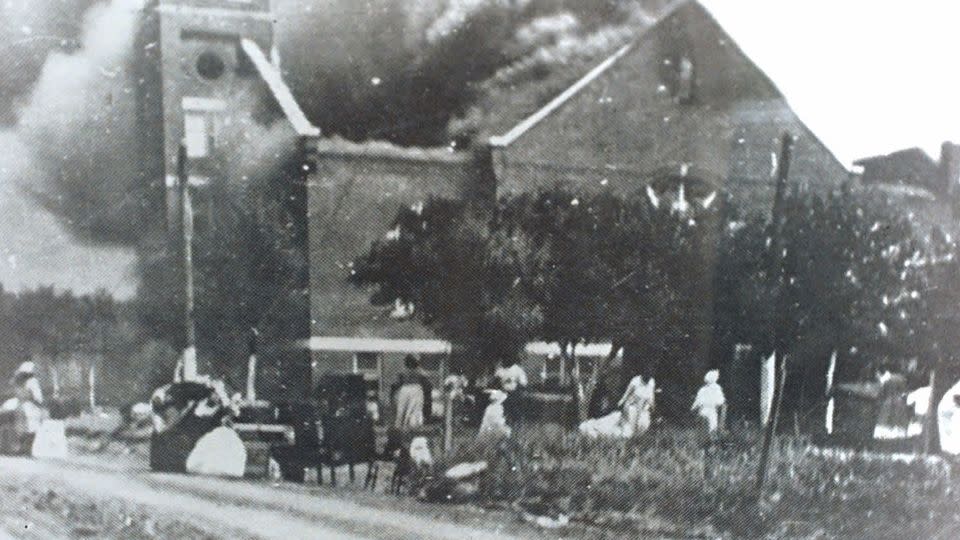
“When they had the insurrection at the Capitol, she felt like it was happening all over again. It happened then, she believes it can happen again. Because it happened then and it shouldn’t have been able to happen when it happened,” he told CNN.
She also serves as a living reminder of the impact on their family’s chances to build generational wealth.
“Instead of having a leg up for my father and my father having a leg up for me. All we had was setbacks. I had to spend 20 years in the military to break the curse,” he said.
It’s part of why he helped launch the Viola Ford Fletcher Foundation to bridge the gap between what happened over a century ago and the struggles many still face.
Fletcher told CNN, “I think about what happened then, and how blessed we were to get out without getting harmed,” as she reflected on a time where she never mentioned what happened to her and her family in 1921.
“When it happened, right afterwards, they said leave, don’t talk about it. Don’t tell anyone why or anything. So we grew up like that, not talking about what happened.”
Now, while she still rarely talks about it, she wants people to know what happened and not let it fade from memory. She recently wrote a book with the help of her grandson called “Don’t Let Them Bury My Story” to drive home the point.
It’s the very message she and the other survivors hope the Oklahoma Supreme Court reinforces as they make what may be their final pleas for justice.
CNN’s Amir Vera, Ashley Killough and Leonel Mendez contributed to this report.
For more CNN news and newsletters create an account at CNN.com

